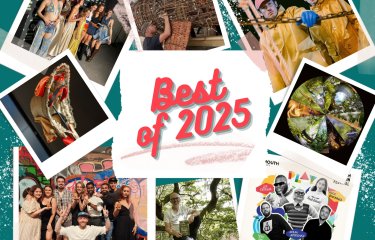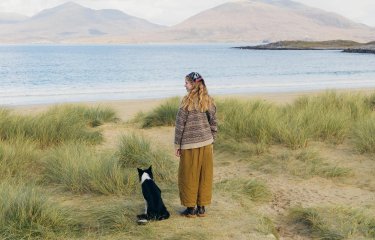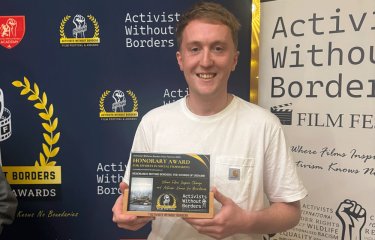Graduate lands exhibition at Selfridges, Oxford Street
12 January 2021
Press and Editorial Photography graduate Marco Kesseler will have his Sony World Photography awarded images displayed across the windows of Selfridges, Oxford Street, in an innovative new exhibition this month.
At a time when galleries, museums and shops are shut in the UK, the A Return to Nature exhibition will give passers-by a welcome glimpse of the cultural landscape they have come to miss during the pandemic.
The Selfridges store on Oxford Street is the second largest shop in the UK, so Marco’s work is set to receive plenty of attention, even during lockdown. The works can be safely viewed by the public outside of the store between 16-31 January. For those who live outside of the capital, an interactive version of Marco’s photographs will also be available on the Selfridges website.
Supported by GRAIN and Arts Council England, the project explores the fragility of our environment and the need to protect it.
We impose our own ideas of how nature should behave - where it's accepted and where it's suppressed. But with a little time, nature has an amazing ability to reclaim its space.
To illustrate this, Marco’s exhibition examines the extraordinary micro-climates that plants create inside a polytunnel; layers of algae attack the plastic that protects the plants, self-seeded wildflowers establish themselves in suffocating structural cracks and networks of animal nests are exposed to unforgiving changes in the crop cycle. This is nature fighting to survive, and despite its willingness, not always succeeding.
We caught up with Marco to learn a little more about his exhibition.
How did you get Selfridges to agree to the exhibition?
I was actually approached directly by Selfridges. They were already aware of my Polytunnel series - I had worked with one member of the team in the past, back when they were running a photography magazine elsewhere and my work fitted their plan. I’d advise graduates to never burn bridges with anyone; your friends and colleagues will go down different paths in their careers, and you never know what doors might open from that.
What drew you to photograph the polytunnel?
Polytunnels are often quite hidden spaces, both alien and instantly recognisable, but we rarely see past their plastic frame. I wanted to uncover these internal landscapes and connect people with the spaces and processes of growing our food, but I was also aware of environmental factors - we all know the impact of plastic on the environment, yet we also rely on it to be able to produce food here in the UK. The more I photographed, the more I came to notice this delicate balance between cultivated and wild spaces separated by the plastic. It is this preciousness that I hope inspires people to take a closer look and find beauty in unexpected places.
What does the series express about the natural world and our relationship to it?
I tried to represent aspects of both nature’s fragility and resilience. The relationship between natural and manufactured at the periphery of these agricultural spaces is something that happens all around us in cities, parks and edgelands, it’s just that most of the time we aren’t paying attention. We impose our own ideas of how nature should behave - where it's accepted and where it's suppressed. But with a little time, nature has an amazing ability to reclaim its space.
Explore more of Marco’s work by visiting his website or following him on Instagram.




